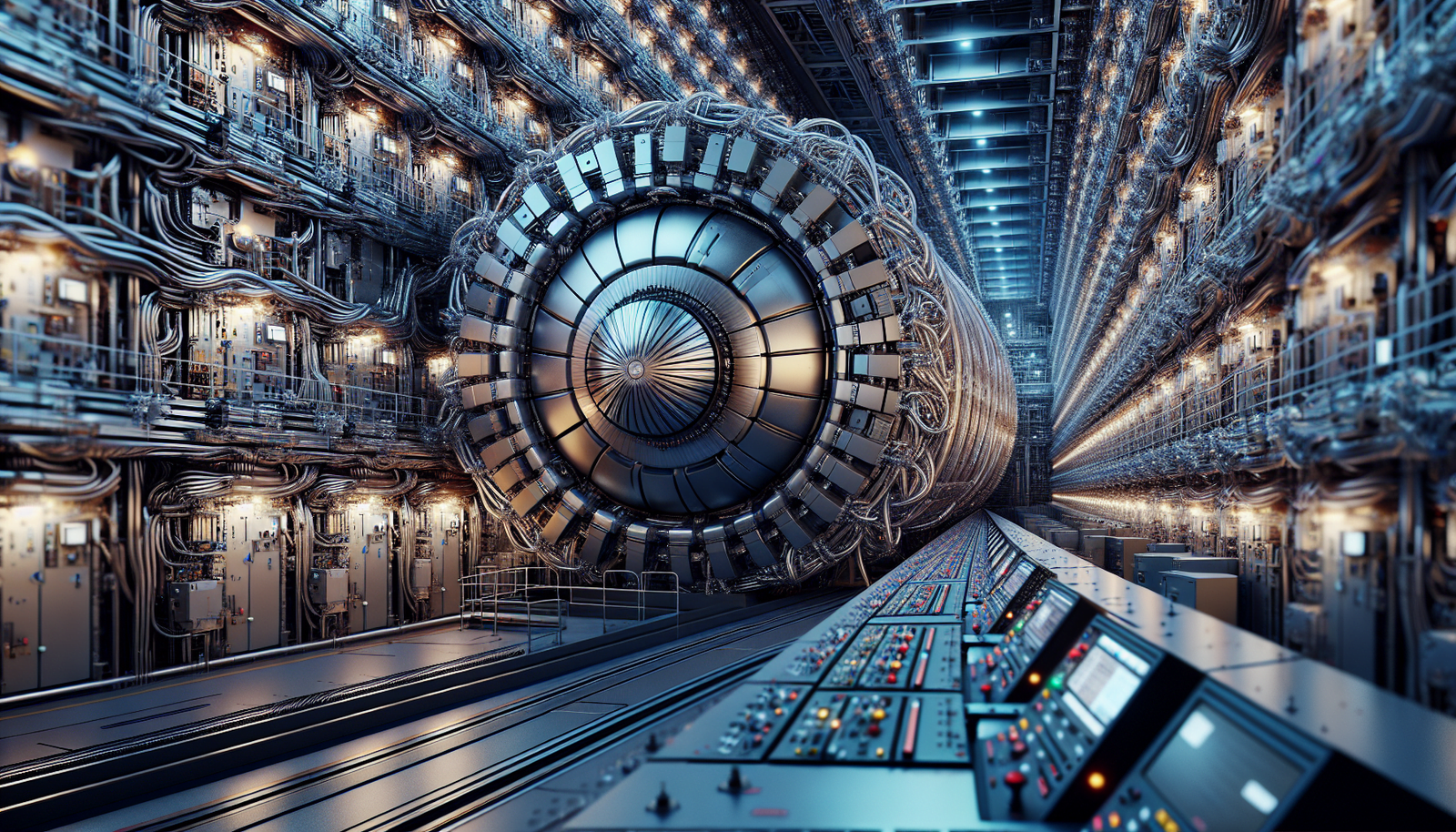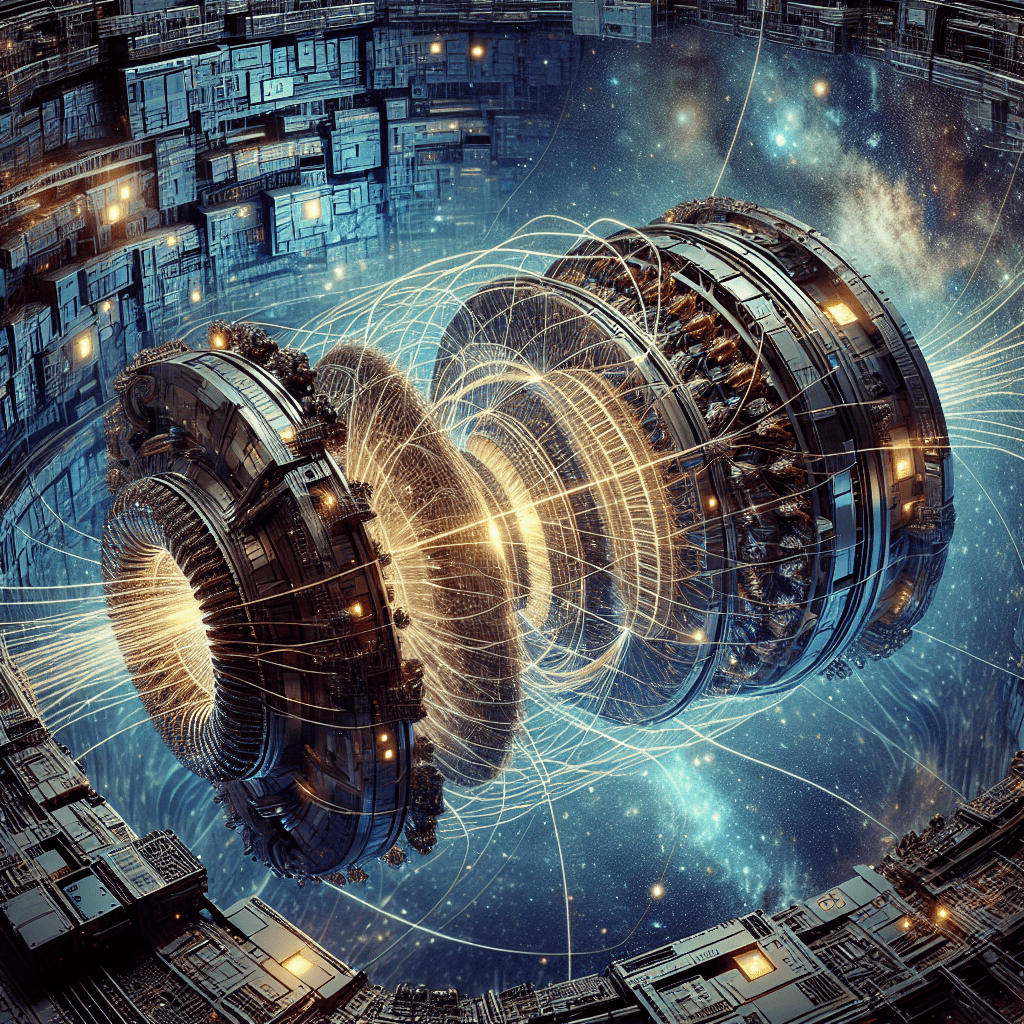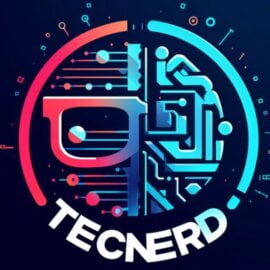Atom Supercollider: The Revolutionary Key to Unravel 95% of the Cosmos
Atom Supercollider

In our incessant search to understand the universe, scientists are turning to an incredibly powerful technology: the atom supercollider. These giant machines, such as the Great Hadron Collisor (LHC) in Switzerland, are helping to unravel the deepest secrets of the cosmos, potentially revealing the nature of 95% of the universe that remains unknown.
What is an Atom Supercollider?
One atom supercollider is a machine that accelerates subatomic particles at incredible speeds and collides them. These collisions produce a huge amount of energy and can create new particles, some of which have never been seen before. This allows scientists to study the fundamental nature of matter and the universe.
How can Supercollects Help Unravel the Cosmos?
There are many mysteries in the universe that we still do not understand. For example, we know that about 95% of the universe is composed of dark matter and dark energy, but we do not know what they are or how they work. Atom supercolliders can help us answer these questions.
- Case Dark: Dark matter is a form of matter that does not interact with light or any other form of electromagnetic radiation, making it invisible. However, we know that it exists because of its gravitational effect on visible matter. Supercolliders can be able to produce dark matter particles, allowing us to study them directly.
- Energy Dark: Dark energy is a form of energy that we believe is responsible for the accelerated expansion of the universe. However, its exact nature remains a mystery. Supercolliders can help us understand dark energy, producing conditions similar to those of the beginning of the universe.
Examples of Supercollects and Their Discoveries
The Great Hadron Collisor (LHC) is the largest and most powerful atom supercollider of the world. Located on the border between Switzerland and France, the LHC has a 27-kilometer long ring and can accelerate particles to 99.99991% of the speed of light.
In 2012, the LHC made a revolutionary discovery: the Higgs Boson. This particle, which gives mass to other particles, has been theorized for decades, but has never been observed directly. The discovery of the Higgs Boson confirmed the theory of the Standard Model of particle physics and opened a new window for understanding the universe.
The Future of the Supercollects
Atom supercolliders have a bright future. China is planning to build an even greater supercollider than the LHC, with a 100-kilometer long ring. This collisor, known as the Great Colisor of Protons, could reach energies up to seven times greater than the LHC, allowing us to explore the universe at an even more fundamental level.
In addition, scientists are exploring new technologies that could make the supercolliders smaller, cheaper and more efficient. This could allow more countries to build their own supercolliders and contribute to cutting-edge research in particle physics.
SUMMARY
Atom supercolliders are a powerful tool in our quest to understand the universe. They have already helped us make revolutionary discoveries, such as the Higgs Boson, and have the potential to help us unravel the mysteries of dark matter and dark energy. With new and more powerful supercollects on the horizon, the future of particle physics is exciting.














Post Comment